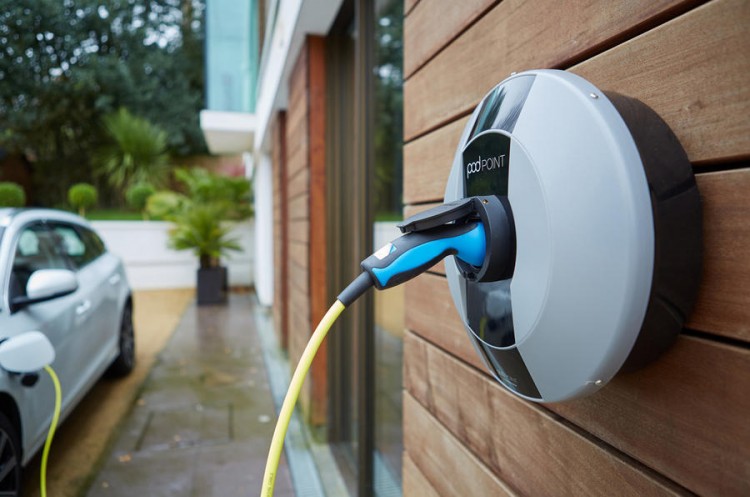
Electric vehicles (EVs) such as electric cars, vans, and trucks are becoming more common and popular. There are several ways to charge your vehicle's battery from an ordinary wall socket or a generator connected to it. To charge the batteries of EVs using generators is safe because most utility companies regulate the voltage from the generator. But charging with a standard household outlet can be dangerous if you don't know how to do it safely. This article will describe what you need to know about charging your EV from home.
Determine the right type of charging equipment for your EV
To safely charge your EV, you'll need a charging equipment. The EV charger for charging the batteries needs to output around 13 amps per car; that's half the current used to run your home appliances. For example, if your household uses 14,000 watts of power, the charging equipment must have a rating between 7,500 and 14,000 watts. There are three types of chargers: Plug-in Chargers, Battery Chargers, and Vehicle Power Ports. It is important to match the type of charger with the type of vehicle. More on each type later in this article. Some manufacturers include a "plug" in their car battery chargers, which allows them to plug into regular outlets and vehicle power ports, making it easier to buy separate equipment.
Know the difference between an AC and a DC charger
Plug-in DC Fast Chargers plug directly into a 110V electrical outlet to provide the needed electricity. They come in two categories: direct current and alternating current. Direct Current charges a battery in one direction only (upwards). Alternating Current charges the battery in either direction without restriction or limitation. In addition, AC charges a battery faster than DC but has higher energy consumption during charging and discharging. Many models use a transformer to operate off 120-volt alternating current (AC) input lines. These chargers usually require special wiring connections and cannot be used when no electrical wires run through the garage or house.
Types of EV chargers and how they work
Battery Chargers contain at least seven large 12-volt lead-acid (SLA) batteries wired together. You connect these batteries to the ground post in your vehicle's battery compartment. The charger draws energy from the vehicle's alternator or rectifier and applies it to the batteries in reverse polarity (downward) while simultaneously charging them. They are also available as combination units, where the connection cable plugs into the vehicle's negative terminal and the charger contains the same number of batteries as the cable contains. Both types can be installed inside and outside the vehicle. EVSE offers optional high-power batteries to help get your batteries fully charged quickly - we call these "Charger Batteries." If you have an active solar array, the DC Fast Plus has a Solar Module, and Control Panel built right into it. The control panel provides real-time monitoring, including capacity and amp usage, to save money on power bills.
What are Vehicle Power Port Chargers?
Like plug-in DC fast chargers, Vehicle Power Port Chargers fit into the vehicle's positive terminal. They typically include a small inverter attached to the bottom of the charger. When plugged into the vehicle, the charger converts the engine's 12-volt electrical system into a 120-volt circuit. If there is no existing wiring, these chargers should work fine. However, if there is already a 110/120 line passing through the garage, adding a second charger may cause sparks.
Use a heavy-duty power cord
Power cord Connecting the charger to your home's electrical service needs a "power cord." Most power cords are 10-15 feet long and heavy-duty, high-quality copper wire. Their ends terminate with connectors designed specifically for that application. They come in many sizes, such as 3/4 inch to 2 inches, and some even accommodate extra length by using a Y splitter connector. A 6-foot extension cord will allow you to move the charger far enough away from the wall socket to be safe yet close enough to ensure it gets all the necessary juice out of its batteries.
Conclusion
Charging electric vehicles has never been easier or more convenient. There are various options available, and innovations continue being introduced every day. The choices are plentiful, from simple trickle charge systems to full-on wall outlets that deliver instant power. And don't forget about dual voltage adapters that enable you to charge both cars and boats!











Author
Homesgofast com
Homesgofast.com is an international real estate portal and news source for Google news. Publishing international real estate, finance, homes and travel-related news and blogs for a targeted audience since 2002. Each news item is circulated to thousands of potential readers each day and is also available to the millions of people who sign up for Google news alerts. Find homes offered for sale and to rent direct from owners and some of the best real estate agents from over 35 countries